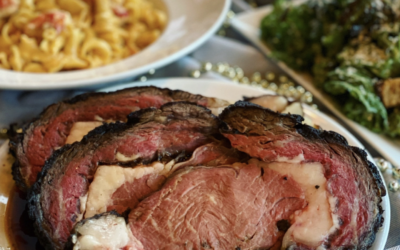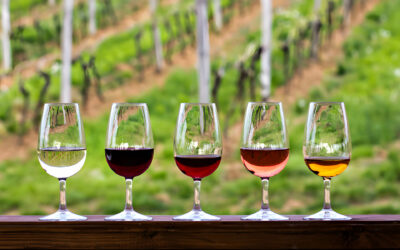By Sarah Baker Hansen • WORLD-HERALD staff writer | Posted: Wednesday, June 25, 2014
Photos by Kent Sievers/WORLD-HERALD
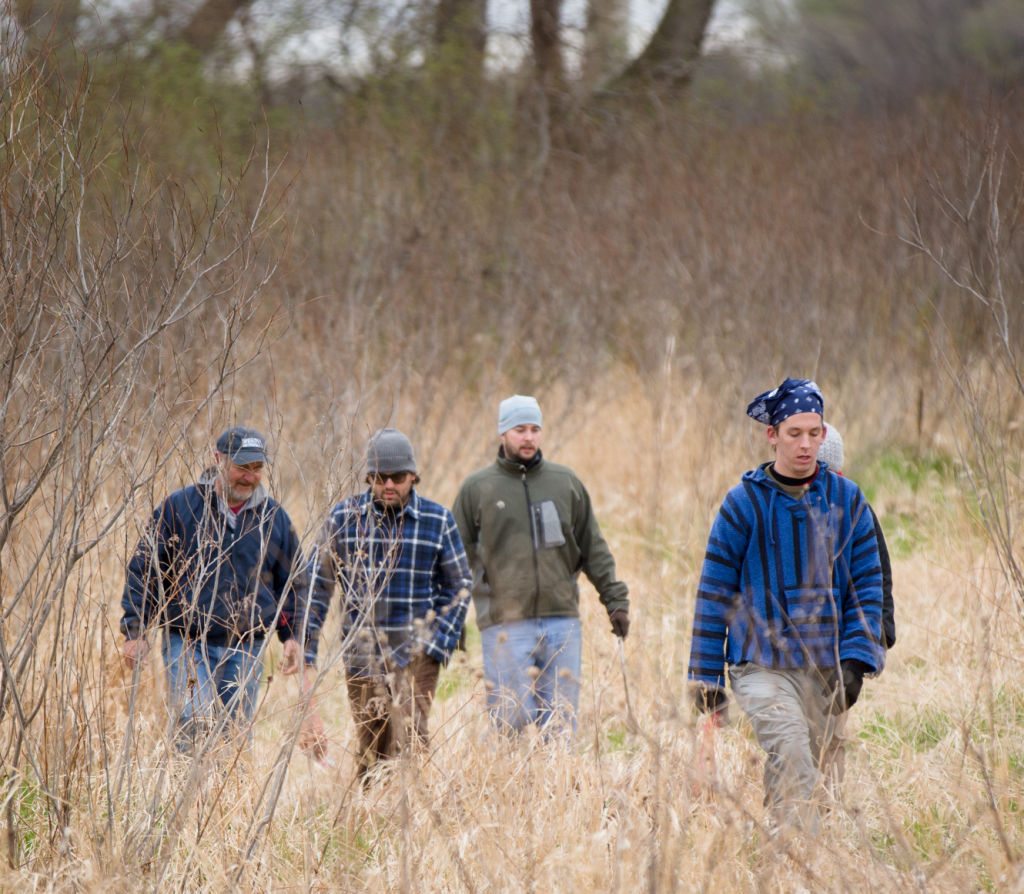 The first rule of foraging is never mention the spot where you went foraging.
The first rule of foraging is never mention the spot where you went foraging.
OK. Maybe its not quite that dramatic. But keeping the location secret was the only condition chef Nick Strawhecker, who owns and cooks at Dante Ristorante, made me agree to before inviting me into the wilderness, along with his sous chef, Dave Smyrk, and chef de cuisine, Jake Newton.
We spent the better part of four hours – precious daytime prep and kitchen time for most chefs — tromping through wooded areas and swampy meadows looking for coveted, truly local ingredients.
“When I worked in Oregon and Washington state, we paid $25 a pound for morels in the spring,” Strawhecker said. “I never knew until I moved back here that I could go out into the woods and pick them myself. Foraging season is one of the most exciting times of the year.”
Strawhecker and his crew are among many Omaha chefs who have turned to the wild for indigenous ingredients. Diners may have eaten hand-foraged morel mushrooms with their pizzas at Dante. They might have seen menus list stinging nettle, a plant that turns from violent to gentle once cooked. And as the summer rolls on, chefs will be spending time in fields hunting for ingredients such as wild mustard greens, horseradish, garlic shoots, asparagus, berries and other native edibles.
One of the biggest reasons chefs are turning to wild food is flavor. “We have hit this place as foodies where we have tried so many things, but they are all kind of the same thing,” said Adam Hintz, who is an edible forager, owner of Lincoln’s Meadowlark Coffee and the president of Lincoln’s Friends of Wilderness Park. “Those dishes are mixed with the same ingredients.
With wild edibles, you add to that palate of flavor. You are expanding it.” Tama Matsuoka Wong, a professional forager who gathers ingredients for Daniel Boulud’s New York City restaurant Daniel, agreed. “Foraged food has a deeper taste,” she said. “When you start to think about what you buy in the grocery store, it all tastes kind of the same — bland and watery.”
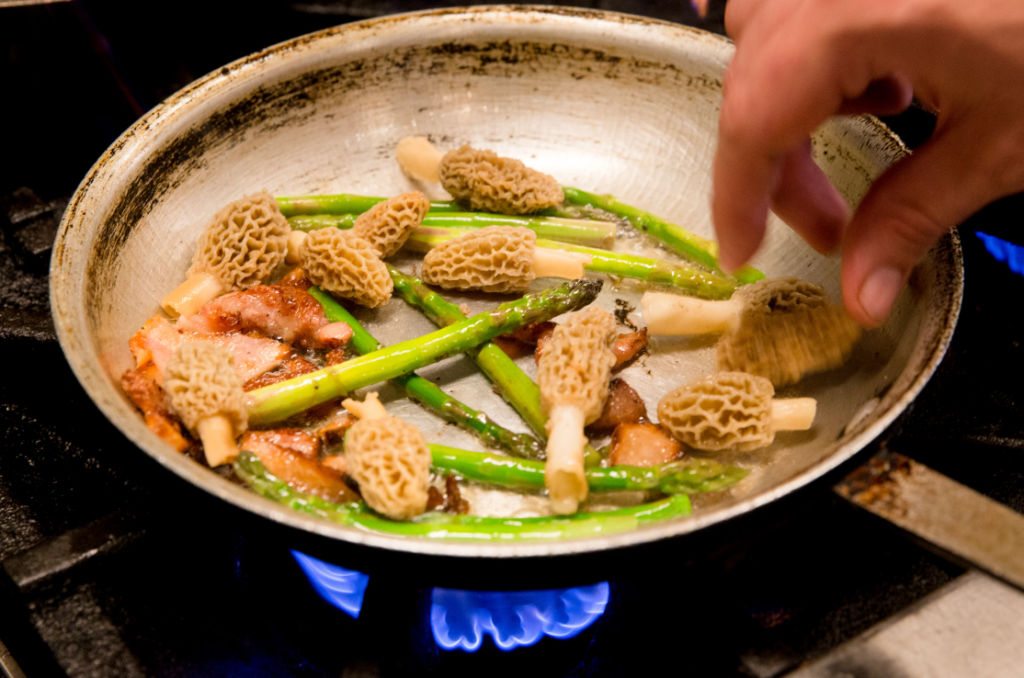 As we tromped through the damp woods, Strawhecker, Smyrk and Newton started tossing recipe ideas back and forth. Pheasant with greens. Beef with morels and butter. Pasta with arugula and wild nettles. Many came to fruition later that day.
As we tromped through the damp woods, Strawhecker, Smyrk and Newton started tossing recipe ideas back and forth. Pheasant with greens. Beef with morels and butter. Pasta with arugula and wild nettles. Many came to fruition later that day.
A classic margherita pizza topped with tender, meaty morels. A simple, fresh dish of seasonal asparagus, an Italian cured meat, a soft-poached egg, morel mushrooms and house-made croutons meant to be eaten in place of a classic green salad. Handmade ravioli filled with house-made ricotta and cooked wild nettles, which taste almost like a more randy version of spinach. And the creme de la creme, a medium-rare, tender rib-eye topped with nettle butter, fennel pollen, frisee and morels — a decadent dish embracing the season’s wild side.
Wong, who wrote a book in 2012 called “Foraged Flavor,” said when she first began collecting wild edibles, she didn’t know what to do with the ingredients beyond tossing them in salads or steeping them into tea. She found the lack of recipes frustrating. She was dining at Daniel in New York City with friends who encouraged her to drop off some of her foraged, wild ingredients for the chef to consider using in their meal. The chef used her plants, and after dinner, the restaurant’s chef de cuisine, Eddy LeRoux, asked her for more. She began bringing him ingredients foraged from the meadow near her home, hauling huge trash bags full of weeds into the city on the subway. Eventually the two co-wrote their guide book to foraging with lots of recipes for full dishes.
Wong encourages first-time foragers not to get overwhelmed. “I started with knowing what was around me, and then knowing whether it was edible or not came next,” she said. “The worst is to overdo it and have a list of hundreds of plants. Just start with one thing.” Wong has a sustainability code for each plant listed in her book. Plants marked green grow in abundance and should be harvested. Those marked yellow are endangered, and the ones marked with red shouldn’t be harvested in bulk.
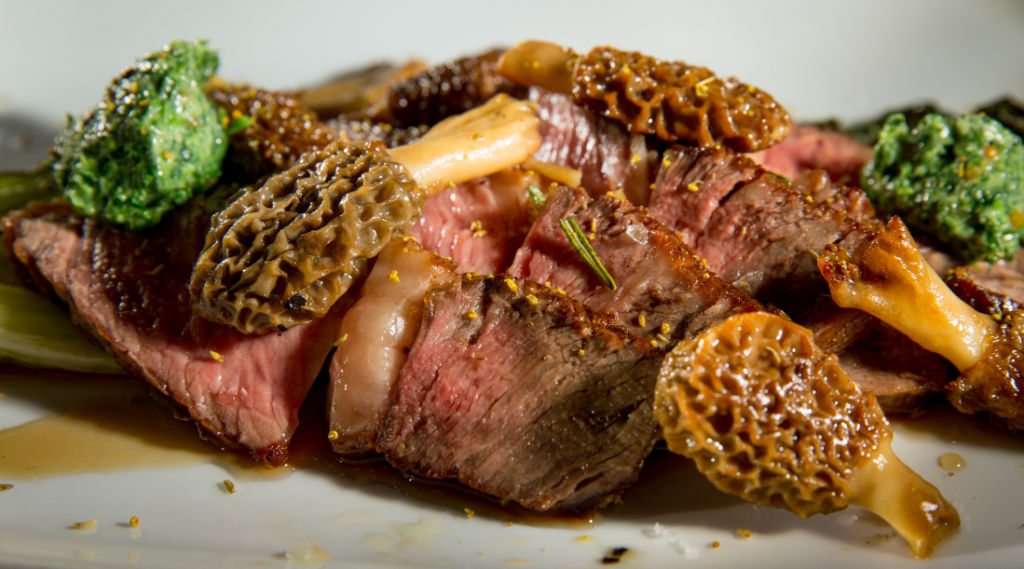 “Foraging really isn’t free,” she said. “Someone is managing the landscape. You want to make sure you are a part of that and not taking it away and not giving back.” Hintz recommended two books for beginning foragers: a Peterson Field Guide for edible plants, which comes in many regional varieties, and “Wild Seasons: Gathering and Cooking Wild Plants of the Great Plains” by Kay Young.
“Foraging really isn’t free,” she said. “Someone is managing the landscape. You want to make sure you are a part of that and not taking it away and not giving back.” Hintz recommended two books for beginning foragers: a Peterson Field Guide for edible plants, which comes in many regional varieties, and “Wild Seasons: Gathering and Cooking Wild Plants of the Great Plains” by Kay Young.
He also said beginners need to know humans can digest wild edibles, but a person not used to eating them should be cautious. “Most of our diet is corn or meat or cheese-based,” Hintz said. “Expanding away from that palette can cause moments of indigestion.” It’s always a good idea, he said, to start with small amounts of wild ingredients. He also advises beginning foragers to think about where they are picking ingredients. The plants growing in most roadsides and ditches have likely been sprayed with chemicals. He says beginners should get to know their region and find other wild places, like the Missouri River Valley. But there is an even safer place. “We should start growing these plants in our yards,” Hintz said. “That is the best place for you to know how they are being treated.”
As the summer rolls on, he said Nebraska is ripe with ingredients to be foraged, including all sorts of berries, especially mulberries, gooseberries and elderberries. Cattails, wild mint, purslane and nettles are everywhere, too. “These are plants that have lived here longer than our culture has,” he said. “When you discover these ingredients, they become the true Great Plains flavor. We just forgot about them, and now we’re starting to reinvest.”
Contact the writer: Sarah Baker Hansen – 402-444-1069, sarah.bakerhansen@owh.com, twitter.com/SBHOWH
Download a PDF of the June 25, 2014 Omaha World Herald Article – Foraged Flavor


